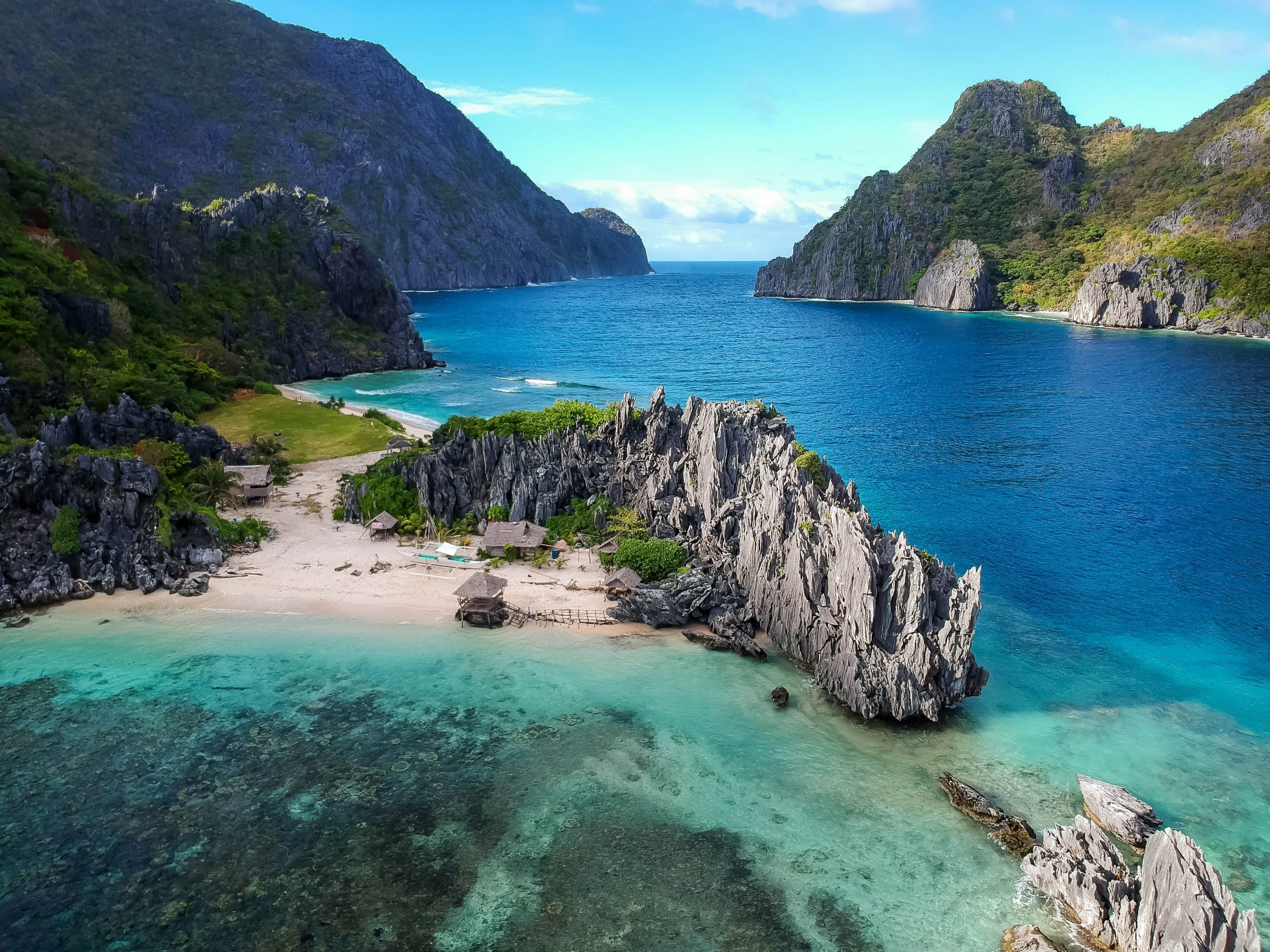While the coronavirus has managed to
turn the world upside down, the remote Pacific islands of Kiribati and Samoa
have been the least affected by the pandemic, with only three positive cases in
two years since the virus emerged.
On Saturday, the islands imposed
lockdowns after overseas travellers had brought in Covid-19. The island of
Kiribati had been Covid-free until last month. On the other hand, Samoa has
recorded two cases during the pandemic, according to the World Health
Organisation.
Both the island authorities have now
imposed lockdowns, closed schools, and issued stay-at-home orders after the
virus was detected in international passengers who had arrived at the
islands.
Also Read: US to require essential workers crossing borders to be fully vaccinated for COVID
A flight of 54 passengers from Fiji to
Kiribati had 36 positive cases on board. According to the authorities, all of
them have been put under quarantine, and the infected are recovering.
According to the Guardian, a security
guard in the quarantine quarters also tested positive on Tuesday. Soon after,
authorities imposed strict restrictions of mandatory masks, social distancing
and vaccine passes to travel outside the capital.
Also Read: Australia records deadliest pandemic day with 80 deaths
Meanwhile, in Samoa,
restrictions were imposed after 15 positive cases were found on a repatriation
flight from Brisbane, according to Prime Minister Fiame Naomi Mata’afa.
The minister added that the persons,
possibly infected with the omicron variant of the coronavirus, have been quarantined. According to the statement, restrictions will be lifted on Monday
night.
According to WHO data,
62% of the Samoan population is fully inoculated.
On the other hand, President Taneti
Maamau of Kiribati shared a statement on Facebook that the virus is
assumed to have now begun rapidly spreading within the community. While the
longevity of the lockdown remains unclear, previous statements suggest
restrictions will be lifted on Thursday.
Kiribati, home to over 120,000 people,
has approximately 34% of its population double vaccinated, according to WHO
data.







